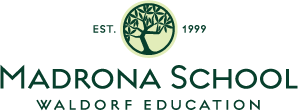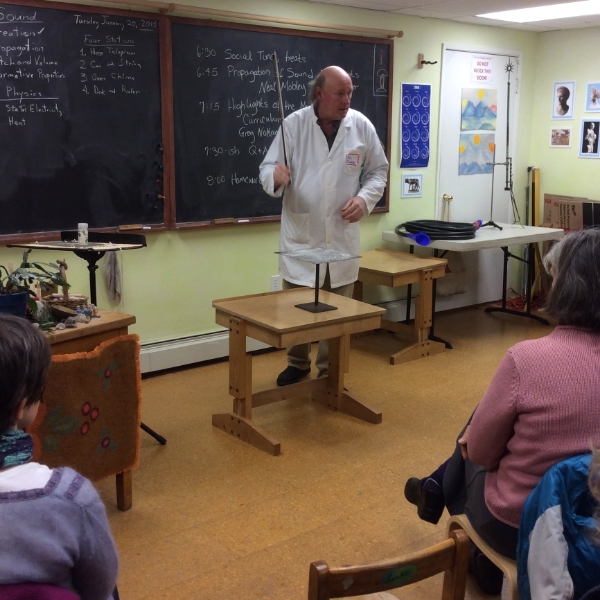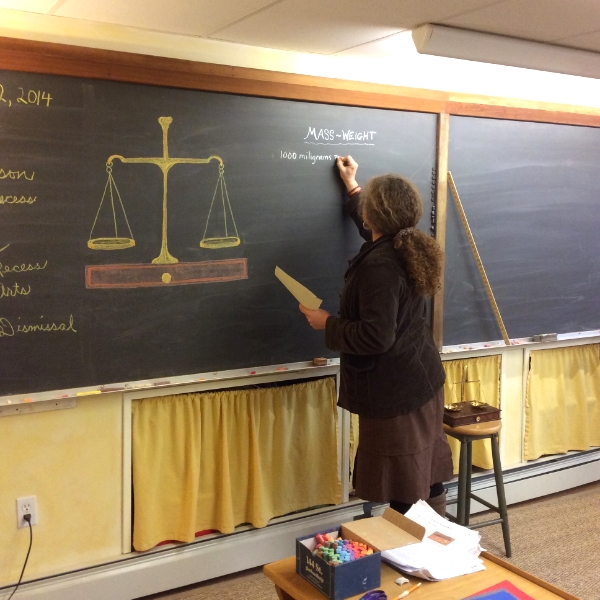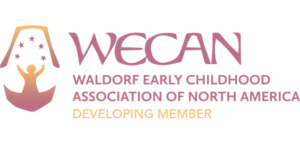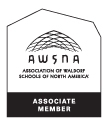Madrona School's Alphabet (B)
What makes a Madrona School education unique and special?
During the 2013-2014 school year, we celebrated what a Waldorf education offers both our children and our community as we strive to graduate creative and eager lifelong learners. Using the alphabet gave us 26 aspects to celebrate!
B is for...Bread Day! Why do we bake bread in our early childhood classrooms? The obvious answer is because it tastes amazing and fills our hungry young students with a warm, nutritious snack. Yet, the process offers so many benefits, eliciting a robust sensory experience, even as it provides an anchoring weekly rhythm in the early childhood classroom. The activity of baking bread engages the sense of touch through kneading and shaping the silky dough, it engages the sense of smell as the bread bakes, it engages the ears though the songs sung throughout shaping ("Five hot buns in the bakery shop...."), and it enhances class community as the children come together to shape their buns and to eat them warm from the oven. Baking bread also provides an outlet for the purposeful work that young children crave, an activity that they can easily see and participate in from start to finish over the course of a morning. And of course, it is fun and imaginative; sometimes dough gets shaped into worms, bugs or as some grade school students fondly remember, bunnies, hearts or a plate (more room to spread on butter and jam!).
We all look forward to 'Bread Day' at school. Some children routinely save a bit for a sibling or a parent, spreading the anticipation. And, ask any of our older students, and they will tell you their fond memories of kindergarten bread. Each year, our older students (and frankly, many teachers) make it their business to know which days are bread days, and they might peek in at lunch, hoping for leftovers. It becomes very nostalgic, and offers a real reminder of the beginning of their respective school journeys. There is a lot baked into each week's bread!
Want to bake at home? Here is a copy of one of the recipes used in our preschool and kindergarten classrooms.
--reprinted from the weekly school newsletter, September 23, 2014.
